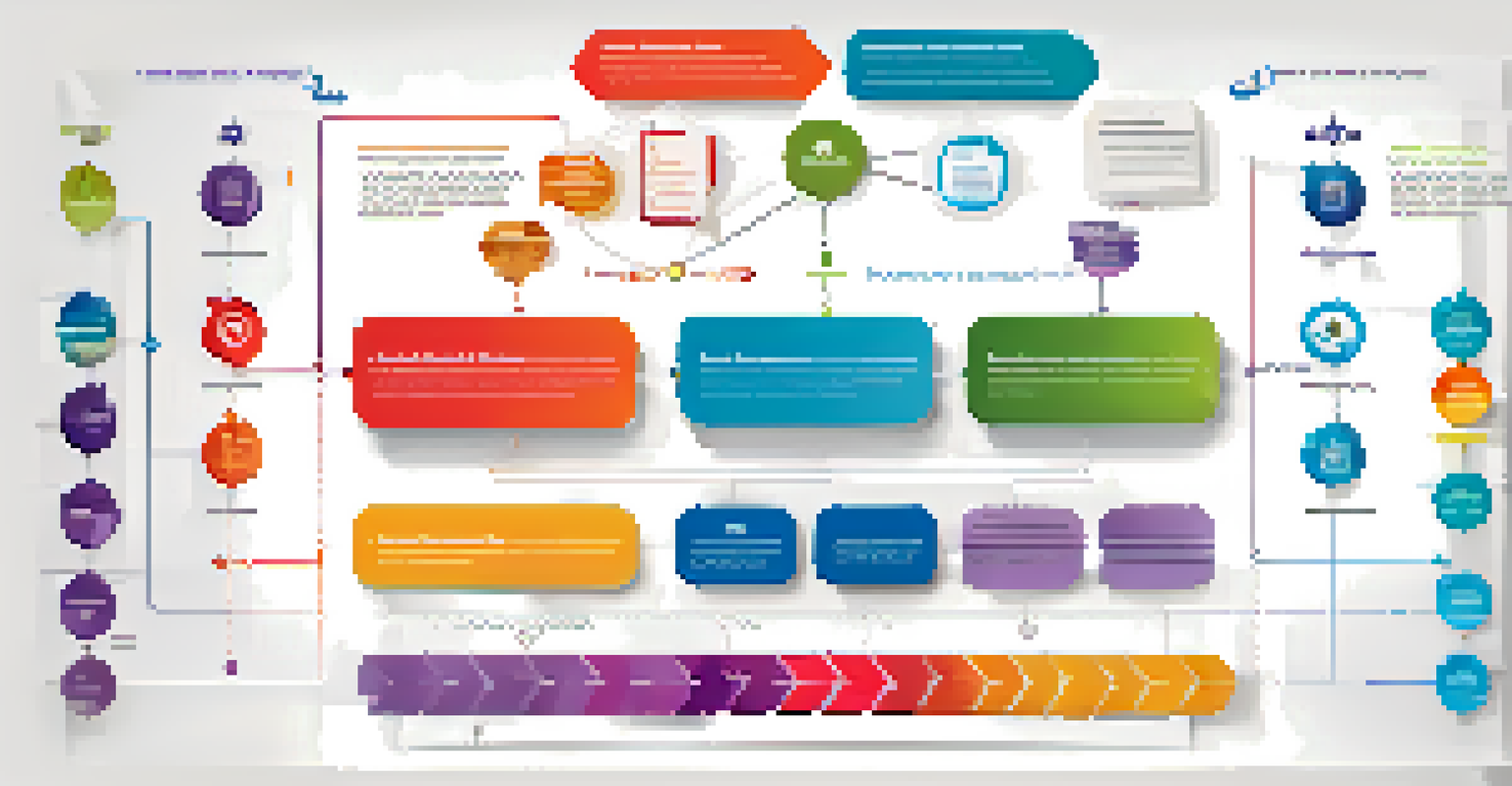Tips for Writing Compelling Case Studies in Portfolios

Understand Your Audience Before Writing
Before diving into writing a case study, take a moment to consider who will read it. Are they potential clients, employers, or peers in your industry? Understanding your audience allows you to tailor your content to their interests and needs, making it more relevant and engaging.
The best marketing doesn't feel like marketing.
For instance, if you’re targeting prospective clients, focus on how your work solved specific problems for previous clients. Highlighting tangible results can attract attention and build trust. On the other hand, if your audience is other professionals, delve into the methodologies and processes you used.
Ultimately, knowing your audience helps you strike the right tone and choose the most impactful examples, ensuring your case study resonates with those who matter most.
Choose the Right Projects to Showcase
Not every project deserves a spotlight in your portfolio. Selecting the right case studies is crucial; you want to showcase work that highlights your skills and aligns with your career goals. Pick projects that exemplify your strengths or the type of work you’re aspiring to do.

For example, if you’re a graphic designer aiming to attract tech clients, feature case studies that demonstrate your experience with tech branding or UI/UX design. Remember, quality over quantity is key—it's better to have a few strong examples than a long list of mediocre ones.
Know Your Audience First
Understanding who will read your case study helps tailor your content to their interests, making it more engaging.
By curating your projects thoughtfully, you can effectively communicate your value proposition and set yourself apart from the competition.
Structure Your Case Study for Clarity
A well-structured case study keeps readers engaged and makes your achievements clear. Start with an introduction that outlines the project, including the client, objectives, and any challenges faced. This sets the stage for your narrative.
Storytelling is the most powerful way to put ideas into the world today.
Next, dive into the process you followed to achieve results. Break this down into steps, using headings or bullet points for clarity. Conclude with the outcomes and any measurable results that highlight your success. This logical flow helps guide the reader through your story.
In essence, structuring your case study effectively not only enhances readability but also allows your skills and impact to shine through.
Incorporate Storytelling Elements
Storytelling is a powerful tool in case studies. Instead of just listing facts, weave a narrative that captivates your audience. Start with the problem or challenge, introduce the characters involved (like your team or the client), and describe the journey toward a solution.
For instance, consider a case where you helped a struggling business increase its sales. Instead of simply stating the percentage increase, share the story of how you identified their pain points and crafted a tailored strategy. This approach makes your case study more relatable and memorable.
Select Projects Wisely
Choosing the right case studies to showcase your skills is essential for demonstrating your value and aligning with your career goals.
Remember, everyone loves a good story. By using storytelling elements, you can evoke emotions and create a deeper connection with your readers.
Highlight Your Role and Contributions
When writing a case study, it’s essential to clarify your role in the project. Highlighting your specific contributions not only showcases your skills but also provides context for your achievements. Be clear about what you did and how it impacted the overall success of the project.
For example, if you collaborated with a team, specify whether you led the project, conducted research, or designed key elements. This helps potential clients or employers understand the value you bring to the table.
By emphasizing your individual contributions, you create a stronger case for your abilities and expertise.
Use Visuals to Enhance Your Case Study
Visuals can significantly enhance the effectiveness of your case study. Incorporating images, charts, or infographics not only breaks up text but also reinforces your points. A well-placed visual can illustrate complex concepts or showcase results in a more digestible format.
For instance, if you improved a website's conversion rate, a before-and-after comparison or a chart showing the growth can be very compelling. Visuals engage readers and help them understand your achievements at a glance.
Use Clear Structure and Visuals
A well-structured case study with visuals enhances readability and effectively communicates your achievements.
Ultimately, integrating visuals into your case study makes it more appealing and helps convey your story more effectively.
Proofread and Edit for Professionalism
No matter how compelling your case study is, errors can undermine your professionalism. Take the time to proofread and edit your writing to ensure clarity and correctness. Look for grammatical mistakes, awkward phrasing, or unclear sections that could confuse your readers.
Consider having a colleague review your work as well. A fresh set of eyes can catch mistakes you might have overlooked and provide valuable feedback on your narrative flow.

By presenting a polished case study, you demonstrate attention to detail and commitment to quality, reinforcing your professional image.
Ensure Your Case Studies Are Accessible
Finally, accessibility is key when crafting your case studies. Make sure they are easy to find and navigate within your portfolio. This means using clear titles, consistent formatting, and an intuitive layout. If you're sharing your case studies online, ensure the website is mobile-friendly.
Additionally, consider including a summary or key takeaway at the beginning or end of each case study. This allows readers to quickly grasp the main points, even if they don’t have time to read the entire document.
By prioritizing accessibility, you enhance the user experience, making it easier for potential clients or employers to appreciate your work.